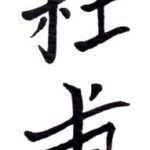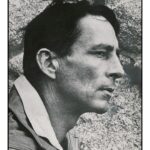
According to the book of Genesis, Yahweh created Adam and Eve to live in the Garden of Eden. He commanded them on pain of death not to eat the fruit of the Tree of Knowledge of Good and Evil. However, Eve was convinced by the Serpent to eat of the tree, and she in turn convinced Adam to do the same. For their disobedience, Adam and Eve were expelled from Eden. The interpretation of this myth has led to the Christian idea that humanity is forever tainted by “Original Sin,” and that our only hope for immortality is through the sacrifice of Christ which offers redemption from sin and entry into eternity to those who believe in him. The concept of Original Sin has become dangerously ingrained in Christian thinking, and needs reworking,











